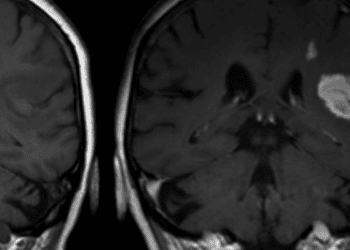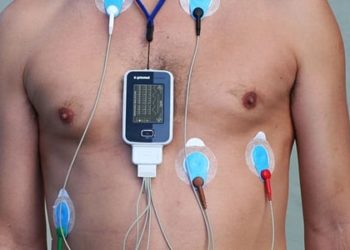Emergency surgery in subsets of the elderly associated with very low survival rates
Image: CC
Key study points:
1. Patients older than 90 years of age, with an American Society of Anesthesiologists (ASA) class V, septic shock, dependent functional status, and abnormal white blood cell (WBC) count have a <10% probability of surviving emergency laparotomy.
2. This study developed models with high discriminative ability to stratify the operative risk in a broad range of acute abdominal emergencies, which will assist surgeons and patients in making end-of-life decisions when faced with emergent surgery.
Primer: To understand the significance of models for perioperative risk prediction it is important to acknowledge the history of surgical quality improvement. The National Surgical Quality Improvement Program (NSQIP) was started in the mid-1990’s when the Veterans Health Administration (VHA) was publicly criticized for their high operative mortality. Congress mandated that the VHA report their outcomes risk-adjusted for the numerous co-morbidities common in VHA’s surgical patient population. Through this initiative, the VHA study developed and validated models for illness-based risk adjustment that are now used by the NSQIP to measure and improve the quality of surgical care.
Traditionally, operative risk is assigned based on the surgeon’s clinical gestalt. Because gestalt is a patently subjective metric, risk prediction varies among clinicians and often underestimates mortality in high-risk patients. Initially introduced in 1940, the American Society of Anesthesiologists Score is used to assess the preoperative physical status of patients. ASA score is primarily based on the presence and severity of systemic disease. Rather than predicting post-operative risk, it is used to determine whether the patient should undergo surgery in the first place.
Background reading: Other important risk-assessment scores
1. American Society of Anaesthesiologists physical status classification
This [retrospective study]: The study looked at 37,553 patients who had undergone emergency laparotomy between 2005 and 2009 as recorded in the ACS NSQIP database. The patient’s operative risk was analyzed based on close to 70 variables, including demographics, comorbidities and pre-op labs.
Results: The overall mortality rate was 14%. Risk factors stratified by risk of 30-day mortality are detailed below:
| Predicted risk of 30-day mortality | Risk factors |
| 50% | 70 or olderLow or high WBC
Septic shock ASA class IV Dependent |
| >50% | Same as above, but ASA class V |
| >90% | Same as above, but >90 years old and ASA class V |
In sum: Pre-operative mortality risk assessment is especially difficult in an emergent situation when time is limited. Using the a nationally validated dataset, this study identified risk factors for perioperative death (age, WBC, sepsis, ASA class) and designed 30-day mortality models with and without postoperative diagnoses. The study will help providers, patients and families make informed decisions about elderly care with respect to emergency laparotomy when medical futility is often an issue. The limitations of this study include lack of quality of life and long-term survival outcome measures, absence of hospital setting as a variable and non-generalizability to semi-urgent procedures such as appendectomy and cholecystectomy.
Click to read the study in the Journal of American College of Surgeons
By [AO] and [AH]
© 2012 2minutemedicine.com. All rights reserved. No works may be reproduced without written consent from 2minutemedicine.com. DISCLAIMER: Posts are not medical advice and are not intended as such. Please see a healthcare professional if you seek medical advice.




